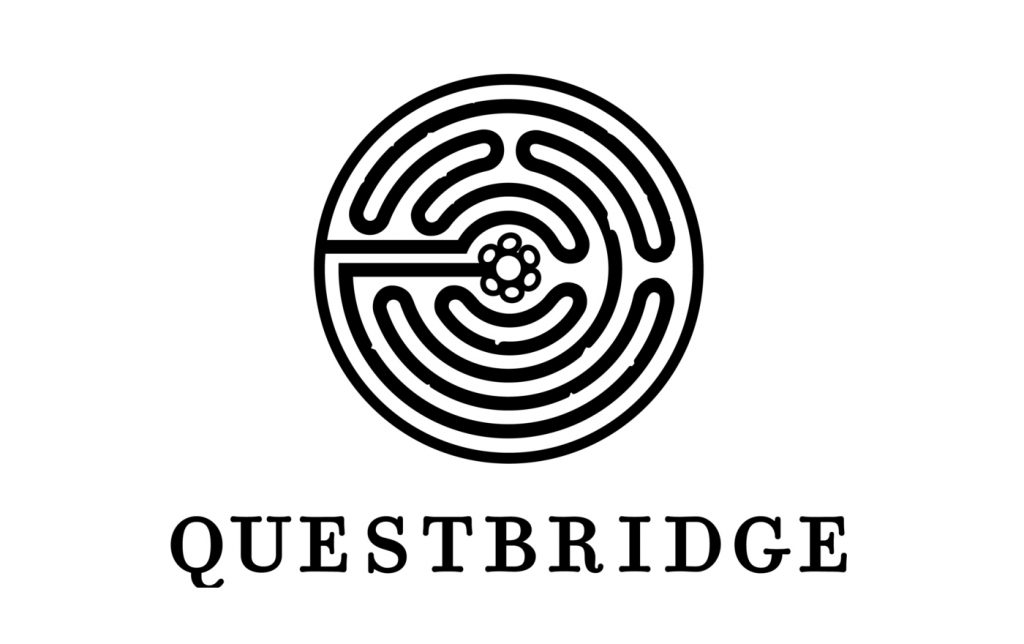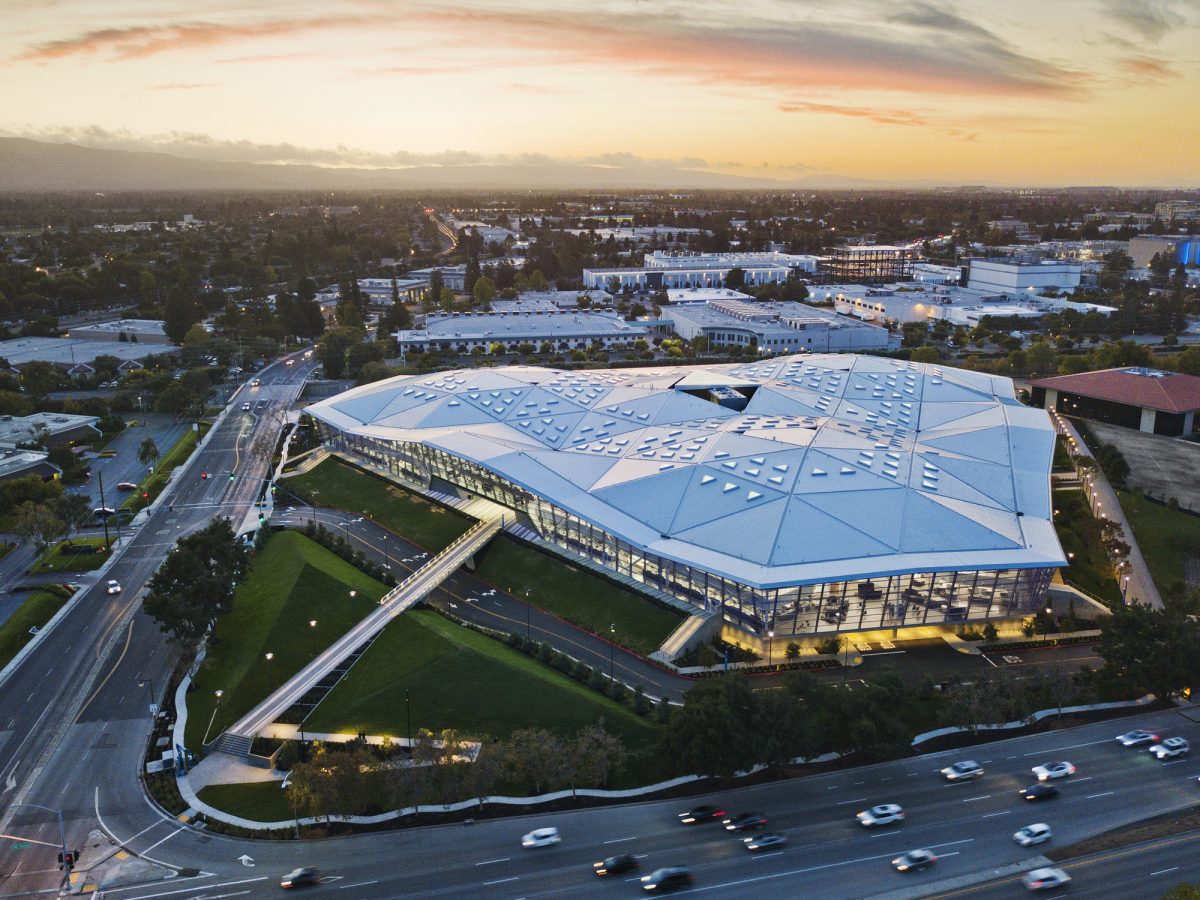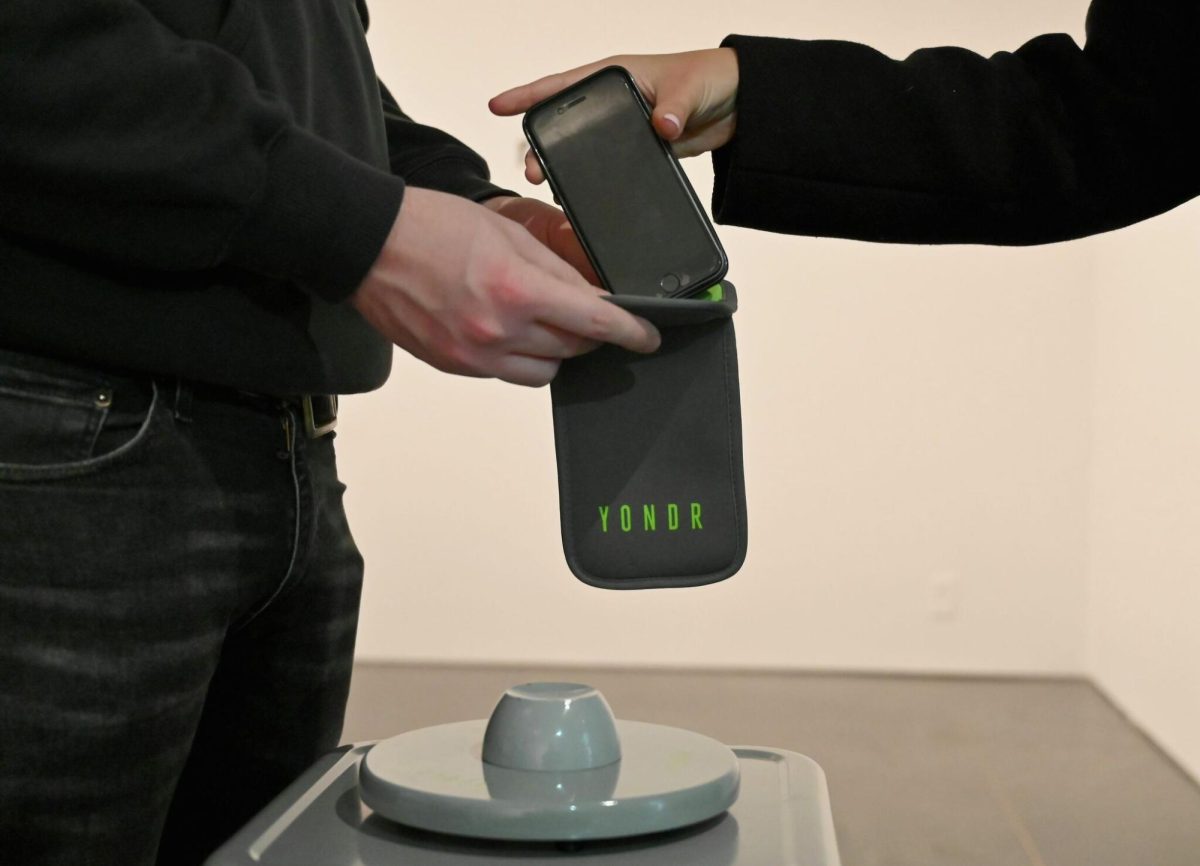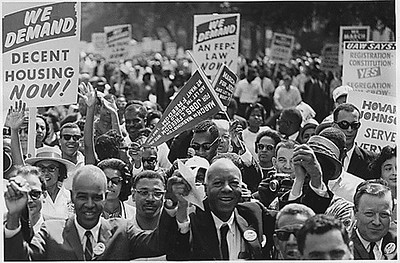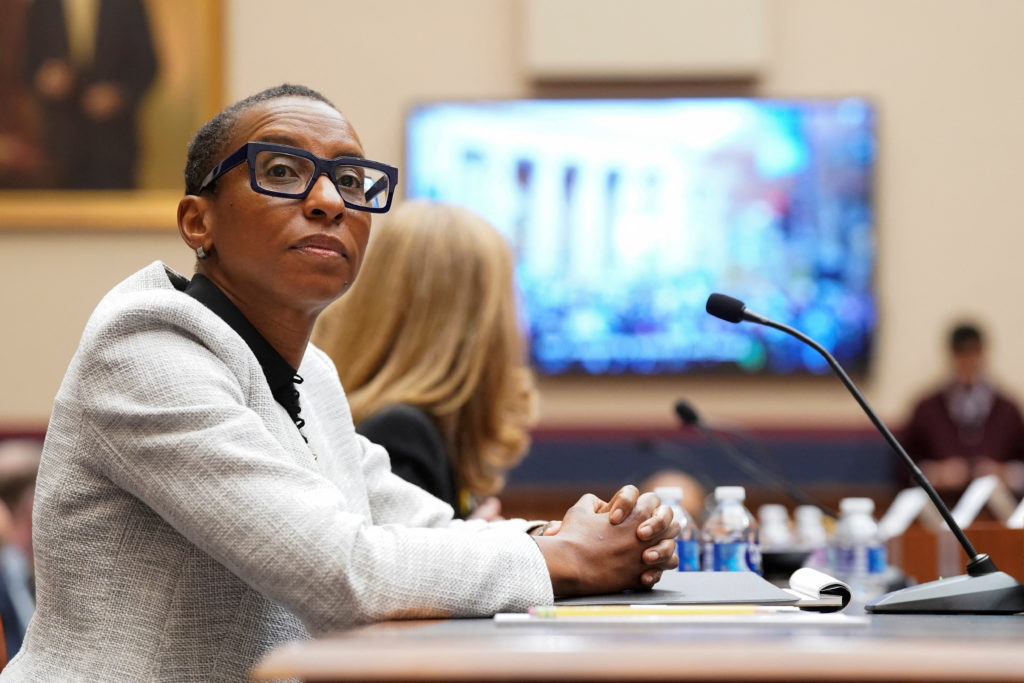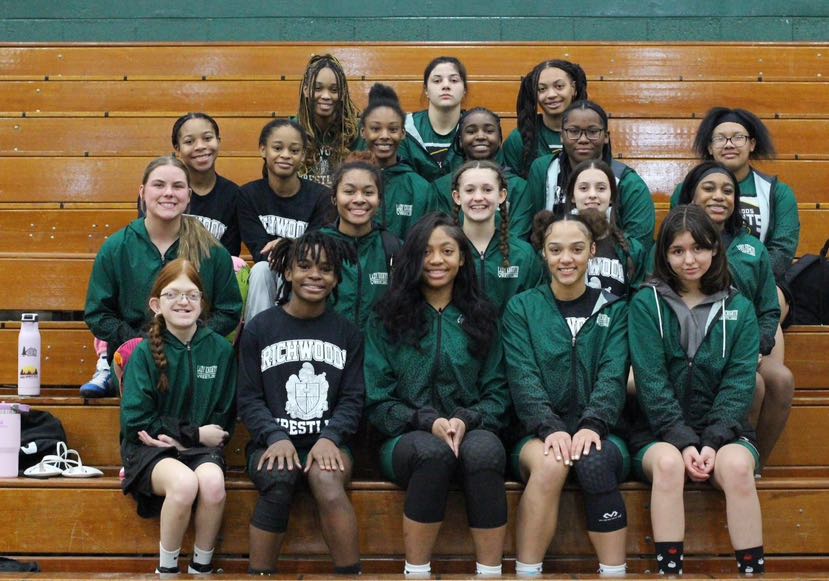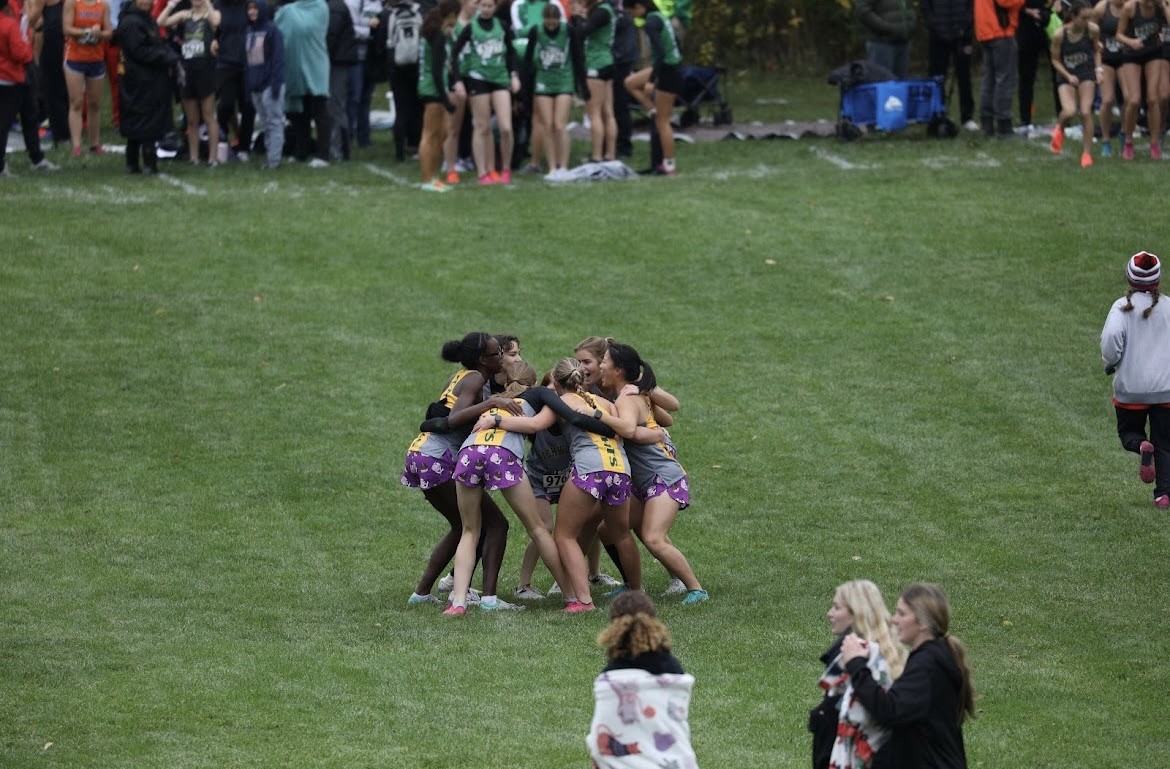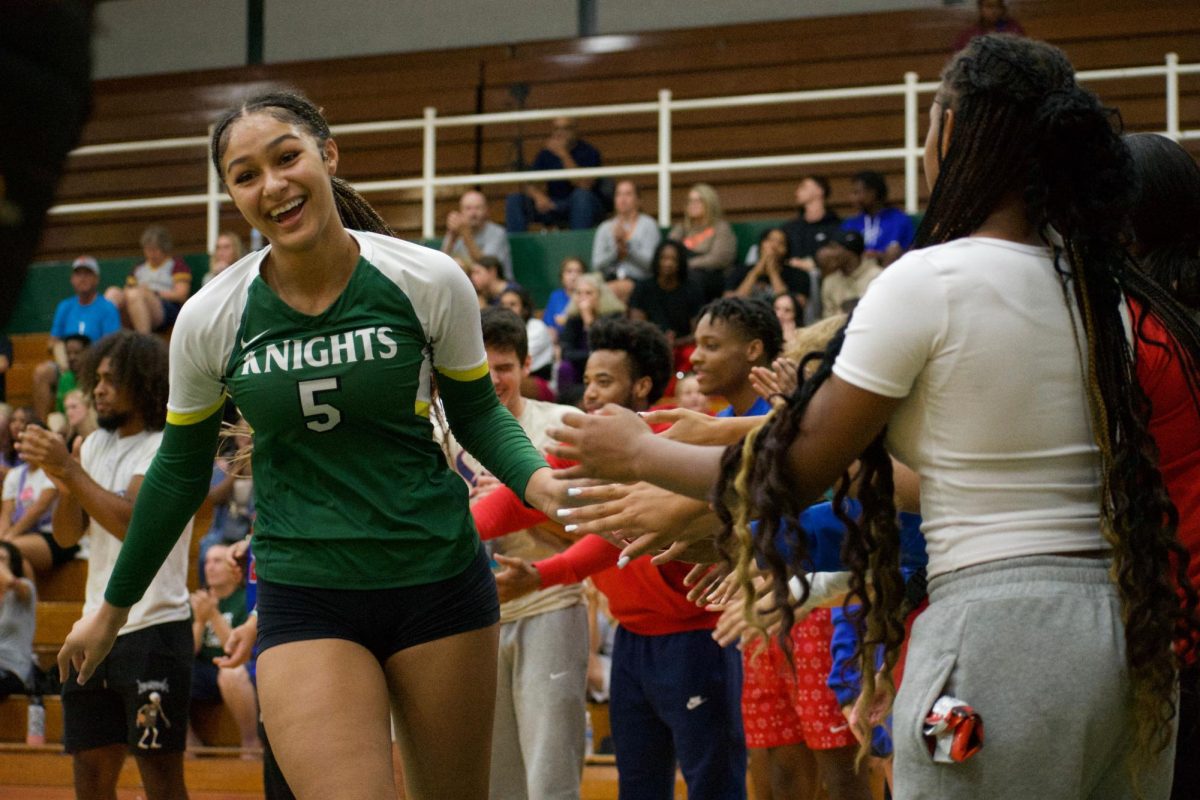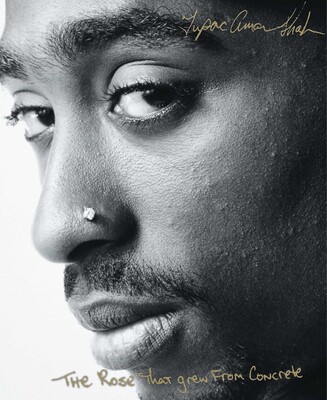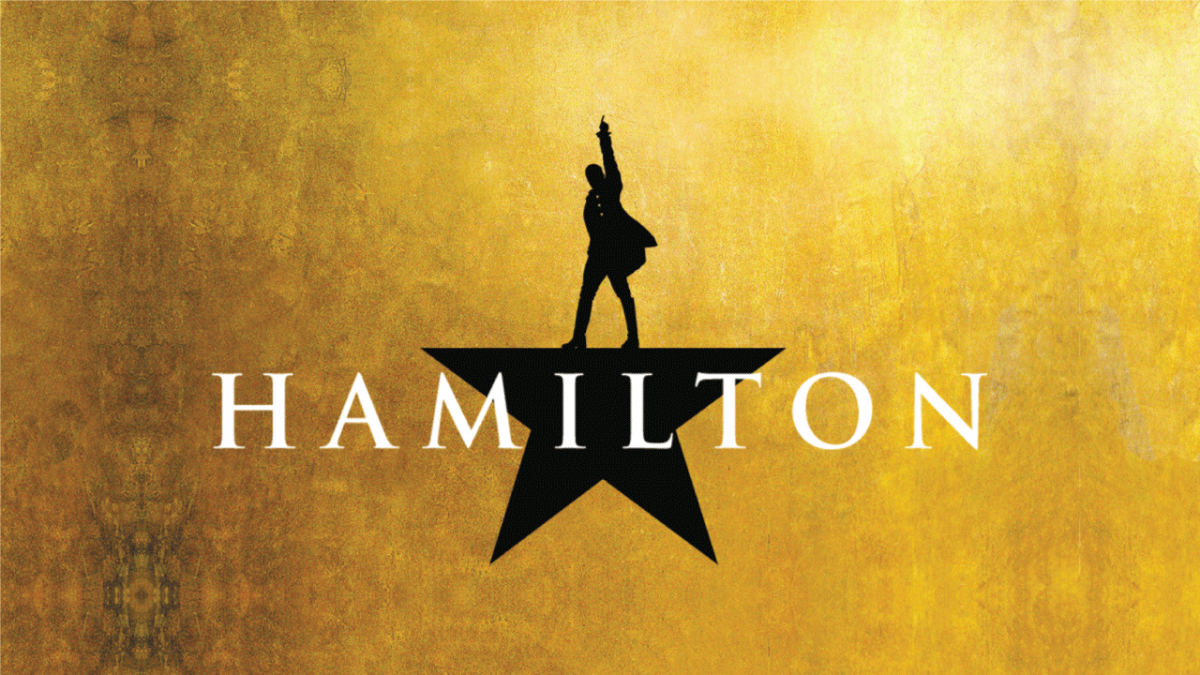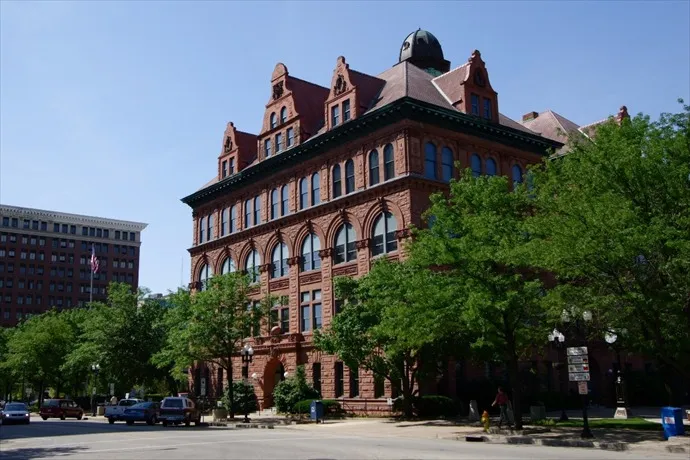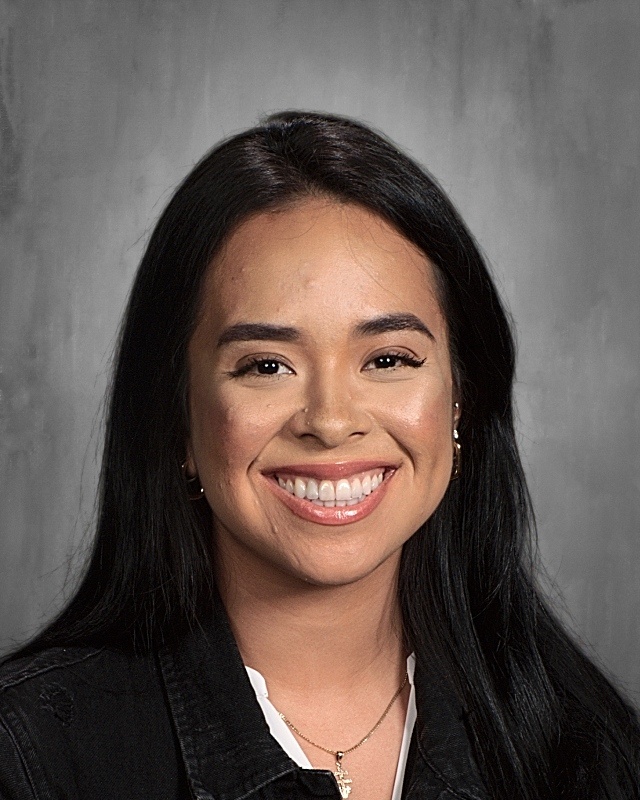On June 29th, spurred by many lawsuits pushed by Asian-American-backed organizations, the Supreme Court made a ruling effectively eliminating affirmative action in college admissions. Affirmative action, defined simply by Oxford Languages, is the practice or policy of favoring individuals belonging to groups regarded as disadvantaged or subject to discrimination. In the context of college admissions, it means considering student background characteristics, such as race, as a factor in deciding whether to admit an applicant. However, the Supreme Court’s recent ruling has placed constraints on how race is factored into the admissions procedure. Under the new guidelines, universities and colleges are prohibited from using race as a sole criterion during admissions evaluations. Instead, race may only be taken into consideration if the applicant explicitly discusses how it has impacted their life, whether through experiences of discrimination, sources of inspiration, or other relevant aspects. This adjustment effectively nullifies existing race-conscious admission policies and necessitates that institutions explore alternative methods to foster diversity within their student bodies without explicitly considering race. This shift signals a move towards a more impartial approach to admissions, emphasizing the need for institutions to prioritize diversity without relying on explicit racial preferences.
But how does this affect us? To break down the situation, the reason Students for Fair Admission sued Harvard was because of evidence that Harvard, considering the race of applicants, had deliberately discriminated against Asian American applicants. Many sources countered this, however, citing that the programs put into place allow more opportunities for students of color and help to end the longstanding systemic racism that has persisted through college admission for generations. This incited a debate that has lasted through decades of college admissions: is affirmative action good or bad?
“If the lawsuit against Harvard succeeds, it will diminish students’ opportunities to live and learn in a diverse campus environment—denying them the kind of experiences that are central to Harvard’s educational mission and critical for success in our diverse society.” This quote reads in capital letters in an article published by Harvard as a response to the lawsuit. And many intellectuals and political scientists agree. In an article by the Center for American Progress, writers cite that “affirmative action is one of the best tools colleges and universities have to promote diversity and ensure that those who are otherwise shut out of the American postsecondary system have a chance to earn a quality degree.” Students of Black and Latinx descent remain underrepresented in college campuses and are, in fact, more underrepresented than they were 35 years ago (The New York Times).
Additionally, they say that prioritizing diversity benefits all students in an educational environment, citing evidence from the Century Foundation suggesting that “racially integrated classrooms can reduce students’ racial bias, improve satisfaction and intellectual confidence, and enhance leadership skills.” Centuries of systemic racism and intergenerational transfers have provided white households twice as much wealth as their Latinx counterparts and three times as much wealth as their Black counterparts, increasing the chances that Latinx and Black students go to underfunded K-12 schools and experience the U.S. educational system differently. Students of color are also less likely to be referred to “gifted and talented” programs than white students (Grissom, Redding) and are more likely to be suspended or expelled (The Washington Post). Less educational and socio-behavioral training leads supporters to believe that income consideration must complement, rather than supplant, race for a holistic approach to college admissions. Supporters of affirmative action insist that affirmative action must persist until the racial wealth gap and other forms of structural racism are eliminated.
“But what about Asian Americans?” says the SFFA. Why are they not included under the umbrella of disadvantaged minorities like African Americans and Latinx Americans? The model minority myth often portrays all Asian Americans as high-income or wealthy (Chow) but ignores the high degree of economic inequality among Asian Americans. Data on wealth (Ibid) shows that Asian American wealth inequalities are far greater than those of whites. An article by the Center for American Progress says that “although many Asian Americans have wealth comparable to that of whites, a large share of Asian Americans have little to no wealth.” (Weller) This means that “Rich Asians are getting richer; poor Asians are staying poor.” (Washington Post) Students for Fair Admissions claims that Harvard officials unfairly “lump all Asian Americans together in the admissions process” and noted that “some Asian Americans come to the United States to escape communism, authoritarianism, war, and poverty, while others simply seek out greater opportunities. Some Asian Americans come from very highly educated families, while others do not.”
Additionally, critics ask another critical question: Do racial preferences really help disadvantaged people of color? Hoover Institution’s Thoman Sowell has observed that racial preferences primarily benefit minority applicants from middle and upper-class backgrounds and argues that if preferences were meant to remedy disadvantage, they would be given based on disadvantage, not race. (Stanford). Critics ask: Why should the underqualified son of a black doctor displace the qualified daughter of a Vietnamese boat refugee? They argue that through the promotion of diversity, affirmative action has incidentally created a system of racial segregation within selective universities and has bred interracial tensions, pitting minorities against each other in an “Oppression Olympics.” Critics from Stanford Magazine argue that the “sole criterion in finding members of this class and in defining ‘merit’ should be an individual achievement- not just grades and test scores, of course, but a broad range of accomplishments, in athletics, music, student government, drama, school clubs, and other extracurricular efforts. But race and ethnicity do not have a place on this list; these are traits, not achievements.” Critics of affirmative action believe that the hard work of disadvantaged Asian American minority applicants will be looked over simply because of their race, which is a form of discrimination.
But there is a third side of the story that may be the actual problem: the overinflated admission of legacies, athletes, donors, and children of alumni. In current standings, children of donors and alumni get into Ivy Leagues like Harvard and Princeton at a staggering 50% rate. This narrows the playing field for any random applicant without a legacy, regardless of race, to a rate significantly smaller than 3.5%. Harvard convened a committee to consider whether or not they should increase diversity by reconsidering legacy preferences, but the answer was a resounding no. Evan Manderly, the author of the book Poison Ivy: How Elite Colleges Divide Us, states that “If Harvard believes that diversity is an important institutional goal, which it says it is, well then it should end these practices that are unethical to diversity.” But Harvard has not, and perhaps we are all focusing on the wrong question; a simple solution to increase diversity and reduce systemic racism would be eliminating legacy preference.
All in all, the affirmative action debate has heated up as colleges change their policies due to the recent Supreme Court ruling. Stripped of their previous systems, colleges have attempted to develop race-neutral strategies to maintain diverse student bodies, emphasizing first-generation status, socioeconomic status, and geographic residency. While some say this change is for the better, others predict a significant fall in diversity on elite college campuses come 2024. Whether this change will be for the worse or the better, it will dramatically shift our college admissions landscape and possibly alter student demographics at selective universities in the fall.
Works Cited:
The Lawsuit – Harvard Admissions Lawsuit
https://www.nytimes.com/interactive/2017/08/24/us/affirmative-action.html?mtrref=www.americanprogress.org&gwh=62881D22C65D43EBFB073E41C19FF681&gwt=pay&assetType=PAYWALL
5 Reasons to Support Affirmative Action in College Admissions – Center for American Progress
Racial disparities in school discipline are growing, federal data show – The Washington Post
As Supreme Court Weighs Harvard Admissions Case, Two Asian Americans Speak Out And Allege Bias
Discretion and Disproportionality: Explaining the Underrepresentation of High-Achieving Students of Color in Gifted Programs – Jason A. Grissom, Christopher Redding, 2016
Supreme Court Seems Ready to Throw Out Race-Based College Admissions
The Case Against Affirmative Action | STANFORD magazine
‘Model Minority’ Myth Again Used As A Racial Wedge Between Asians And Blacks : Code Switch : NPR
Does affirmative action help or hurt Asians who don’t fit the model-minority stereotype? – The Washington Post
Wealth Inequality Among Asian Americans Greater Than Among Whites
Universities Prepare for End of Affirmative Action





